- Safety First: Choose helmets certified to ASTM F2040 or CE EN 1077 standards. For competitive skiing, FIS RH 2013 helmets provide higher protection.
- Top Features: Modern helmets include MIPS for impact protection, adjustable ventilation, and built-in audio systems.
- Fit Matters: Measure your head size, ensure a snug fit, and adjust using systems like BOA or In Form Fit.
- Price Range: Entry-level helmets start at $84, while high-end models can go up to $275.
Quick Comparison of 2025's Best Helmets:
| Helmet Model | Key Features | Price |
|---|---|---|
| Smith Vantage MIPS | 20 vents, hybrid shell, MIPS tech | $162 |
| POC Obex MIPS | RECCO system, dual-material shell | $100 |
| Giro Ledge MIPS | Affordable, MIPS, fixed ventilation | $73.45 |
Pro Tip: Pair your helmet with Snowfeet mini skis for an agile, lightweight experience. Always prioritize safety with certified helmets!
Ready to dive deeper? Let’s explore safety standards, features, and top recommendations.
Top 10 Best Ski Helmets in 2025 | In-Depth Reviews & Buying Guide
Ski Helmet Safety Standards
Helmets are designed to protect skiers from impacts and falls, but they must meet specific safety standards to ensure they perform effectively.
ASTM F2040 and CE EN 1077 Standards Explained
Two major certifications dominate the ski helmet safety landscape: ASTM F2040 in the U.S. and CE EN 1077 in Europe. While both aim to ensure helmet safety, their testing methods and requirements differ:
| Feature | ASTM F2040 | CE EN 1077 |
|---|---|---|
| Impact Speed | 20.3 ft/s (6.2 m/s) | 17.8 ft/s (5.42 m/s) |
| Max Impact Force | 300g | 250g |
| Anvil Types | Flat, hemispherical, edge | Flat only |
| Penetration Test | No | Yes |
| Third-Party Certification | Voluntary | Required |
One key difference is the penetration test included in CE EN 1077, which evaluates protection against sharp objects - a feature absent in ASTM F2040. This makes CE EN 1077 particularly robust for certain impact scenarios.
For general recreational skiing, either ASTM F2040 or CE EN 1077 certification is sufficient. However, competitive skiing demands a higher level of protection, which is where FIS RH 2013 standards come into play.
FIS RH 2013 Racing Requirements
In competitive skiing, safety standards are even stricter. The FIS RH 2013 certification is mandatory for athletes aged U14 and older participating in events like giant slalom, super G, and downhill, particularly in USSA competitions.
Here’s what sets FIS RH 2013 helmets apart:
- Conformity Labeling: Helmets must display a clear label confirming compliance and meet basic ASTM or EN standards.
- Higher Impact Protection: These helmets are tested under more rigorous conditions, including higher impact speeds.
The importance of these certifications is backed by data. From 1995 to 2012, helmets meeting these advanced standards reduced non-serious head injuries by nearly 70%. Additionally, wearing a certified helmet can lower the risk of head injuries by up to 60%.
When choosing a helmet, always check for certification labels. For recreational skiers, ASTM F2040 or CE EN 1077 certifications are sufficient to ensure safety. Competitive athletes, however, should prioritize helmets that meet the FIS RH 2013 standard to guarantee maximum protection in high-speed scenarios. These certifications provide peace of mind, whether you're carving down a casual slope or racing against the clock.
Latest Ski Helmet Features
Modern ski helmets are taking safety and performance to the next level with advanced protection systems, improved ventilation, and integrated technology.
Impact Protection: MIPS and Other Systems
Helmets today incorporate cutting-edge systems like MIPS (Multi-directional Impact Protection System), which aim to reduce the effects of rotational forces during impacts.
"By complementing the helmet with a low-friction layer, designed to move slightly in the event of an impact, the system is designed to help redirect rotational motion away from the head. This is intended to help reduce the risk of brain injury." - Mips
Alongside MIPS, other technologies are leading the charge in impact protection:
| Technology | Key Feature | Performance Metric |
|---|---|---|
| WaveCel | Cellular structure | Absorbs up to 73% more rotational force than standard linings |
| Koroyd | Honeycomb design | Engineered for superior energy absorption |
| D3O | Smart material | Known for its high shock-absorbing properties |
These advancements not only prioritize safety but also improve overall comfort, ensuring a better experience on the slopes.
Temperature Control Systems
Ventilation is a game-changer for maintaining comfort during a full day of skiing. Modern helmets, like the Smith Vantage MIPS, come equipped with 20 adjustable vents and dual-zone controls, allowing you to independently manage airflow at the front and back of the helmet for quick and easy temperature adjustments.
Here are some standout features of contemporary ventilation systems:
- Adjustable vents that also help prevent fogging in goggles
- Multiple cooling zones for targeted airflow
- Advanced airflow management to keep you comfortable in varying conditions
For example, Snowfeet helmets integrate these advanced systems to deliver exceptional ventilation, making them a standout choice for skiers seeking both performance and comfort.
Sound Systems and Goggle Integration
Ski helmets are no longer just about protection - they now enhance your overall experience. The POC Obex Connect, designed in collaboration with Harman Kardon, combines safety with premium audio technology.
| Feature | Benefit | Price Range |
|---|---|---|
| Mesh Communication | Connect with up to 8 riders within 150–200 meters | Included in $550 package |
| Bluetooth Integration | Enables hands-free calls and music control | Starting at $110 |
| Goggle Integration | Prevents gaps and reduces fog buildup | Standard feature |
These features not only keep you connected and entertained but also ensure your goggles remain fog-free and securely in place, enhancing both safety and convenience. When choosing a helmet, look for features that align with your riding style and preferences, while always prioritizing proper safety certifications.
How to Find Your Perfect Helmet Fit
Getting the right helmet fit is key to ensuring safety and protection.
Measuring Your Head for the Right Size
Start by measuring your head with a flexible tape measure. Wrap it around your head, just above your eyebrows and ears, keeping it snug but not too tight.
| Adult Helmet Size | Head Size (inches) | Head Size (cm) | Best For |
|---|---|---|---|
| Small | 20.5" - 21.75" | 52 - 55.5 | Most women and teens |
| Medium | 21.75" - 23" | 55.5 - 59 | Average adult size |
| Large | 23" - 24.5" | 59 - 62.5 | Larger head sizes |
| Extra Large | 24.5"+ | 62.5+ | Maximum coverage |
Tips for accurate measurement:
- Take a few measurements to ensure consistency, especially if you have thick or voluminous hair.
- If your measurement falls between two sizes, go with the smaller size for a snug and secure fit.
Once you've identified your size, you can fine-tune the fit with the helmet's adjustment system.
Fine-Tuning the Fit
Getting the size right is just the first step. Adjusting the helmet properly ensures both comfort and safety.
| System Type | Key Features | Advantages |
|---|---|---|
| BOA | Micro-adjustable dial | Easy to operate, even with gloves; provides precise adjustments |
| In Form Fit | Compact adjustment wheel | Lightweight and ideal for minimal bulk |
| Air Fit | Inflatable headband | Custom pressure distribution for a tailored fit |
| Velcro Padding | Removable padding pieces | Lets you adjust thickness for a personalized feel |
Key points to check:
- The helmet should sit level on your head without tilting forward or backward.
- You should be able to fit no more than two fingers between your chin and the strap.
- Shake your head gently - your helmet should stay stable without creating pressure points.
- Avoid any areas of excessive tightness or discomfort.
Skip wearing thick beanies under your helmet, as they can interfere with the fit and reduce protection. Instead, opt for a thin, moisture-wicking liner specifically designed for helmets.
Quick fit checks:
- Stability: The helmet should stay secure when you move your head and shouldn’t have any uncomfortable pressure points.
- Integration: Ensure your goggles align properly with the helmet, and the chin strap fits snugly without digging in.
A well-adjusted helmet not only boosts safety but also keeps you comfortable throughout your ride.
Best Ski Helmets for 2025
For 2025, we've tested and reviewed ski helmets that excel in protection, comfort, and overall value. These picks align with the latest safety standards and advanced features, including compatibility with Snowfeet systems for added versatility.
Smith Vantage MIPS Review
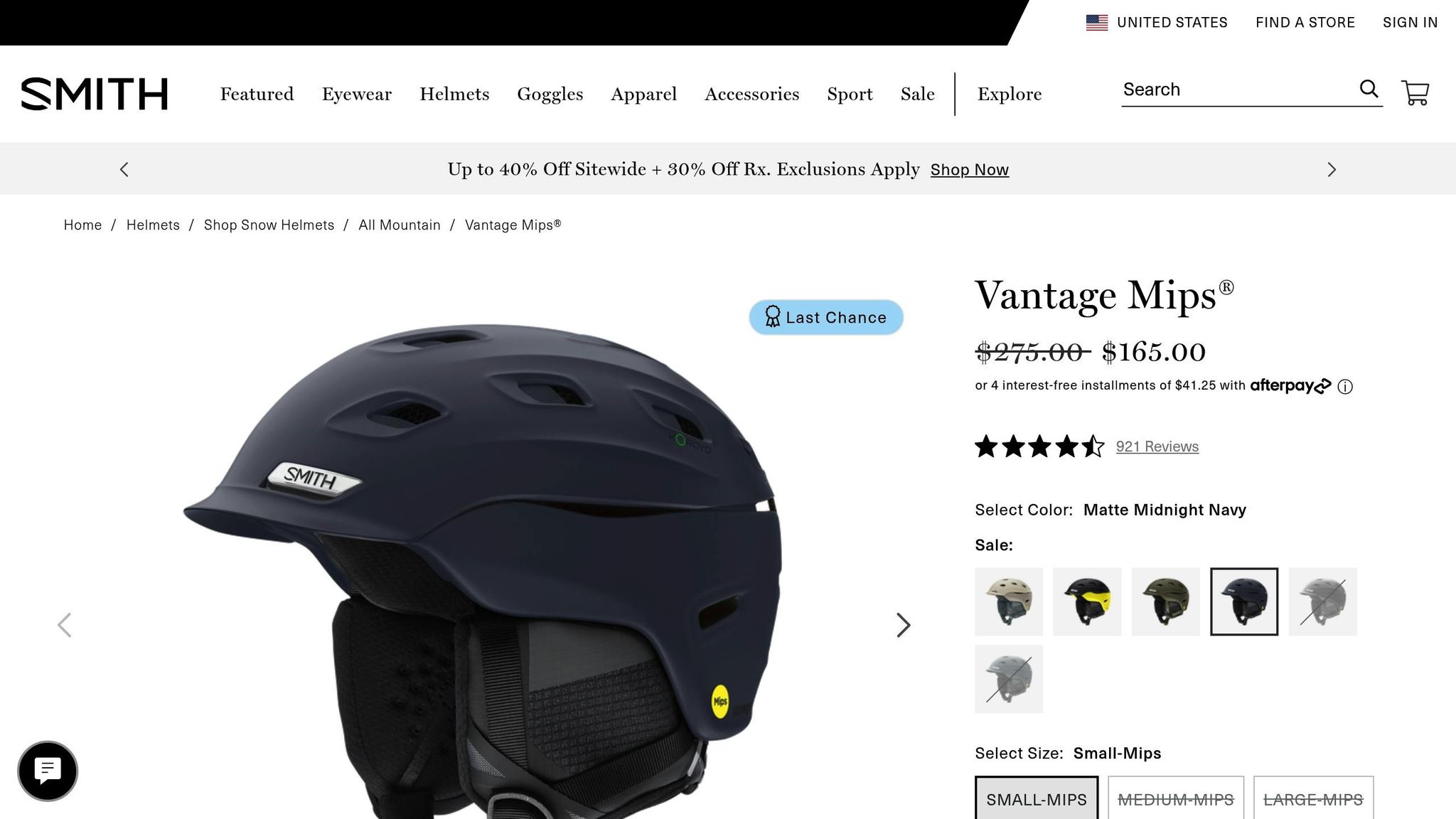
The Smith Vantage MIPS ($162) continues to dominate as a top choice, offering a mix of performance and thoughtful design. Its standout feature is a ventilation system with 20 adjustable vents, allowing you to fine-tune temperature control during your runs.
| Feature | Details | Performance Score |
|---|---|---|
| Ventilation | 20 adjustable vents | 9.3/10 |
| Comfort | Dial fit system | 8.7/10 |
| Warmth | Hybrid shell design | 8.4/10 |
| Usability | Simple adjustment system | 9.1/10 |
"We love the easily adjustable dial fit system, which eliminates pressure points and provides a comfortable, custom fit regardless of head shape".
POC Obex MIPS
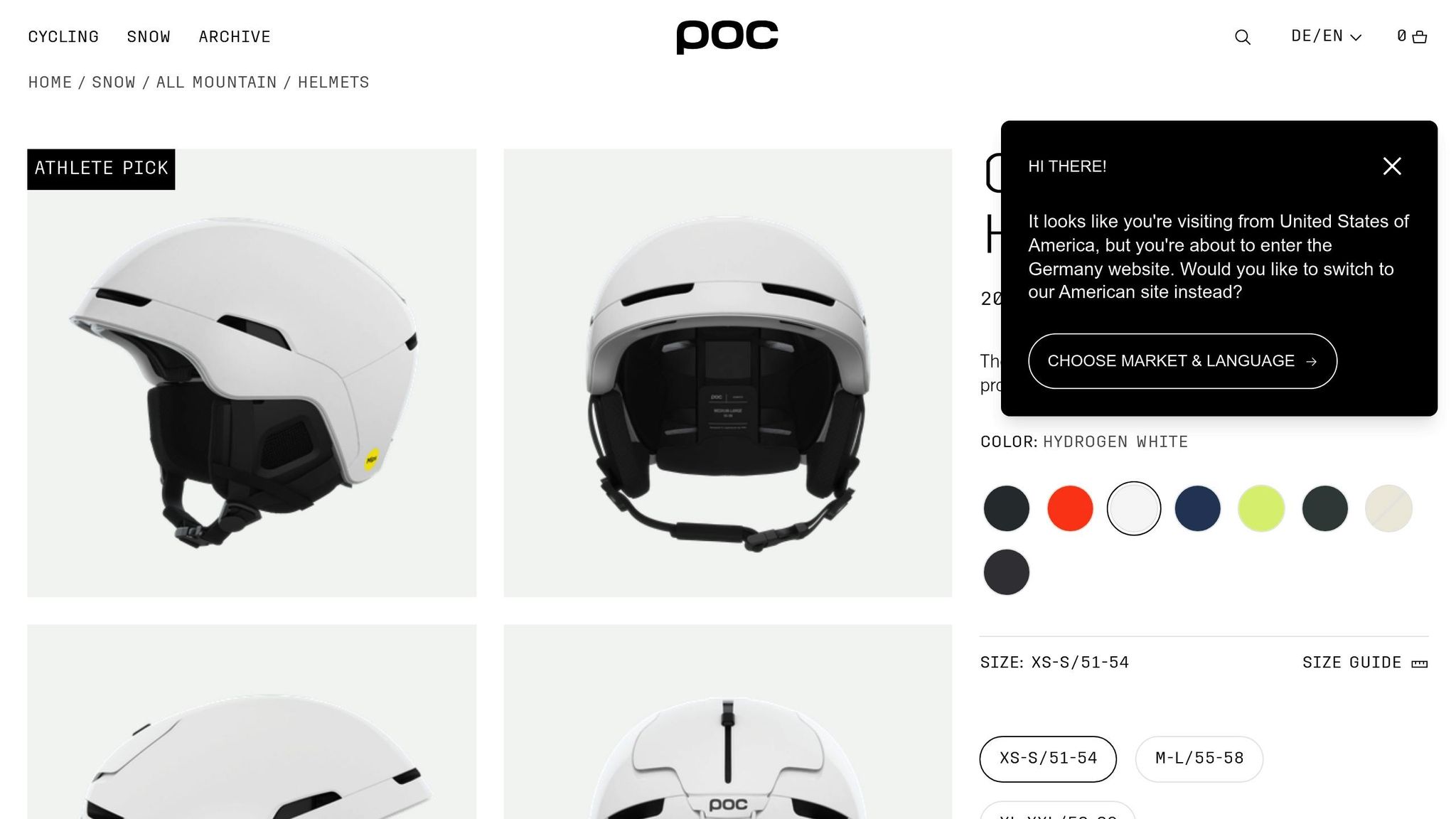
The POC Obex MIPS ($100) is a robust option for skiers who venture off the beaten path. Built for durability, this helmet combines a sleek, low-profile design with essential safety features, making it ideal for off-piste adventures.
Key Features:
- Dual-material protective shell for added durability
- Removable ear flaps for customizable comfort
- Integrated RECCO technology for enhanced safety
- Adjustable ventilation to adapt to varying conditions
Overall Score: 9.4/10
Budget Option: Giro Ledge MIPS
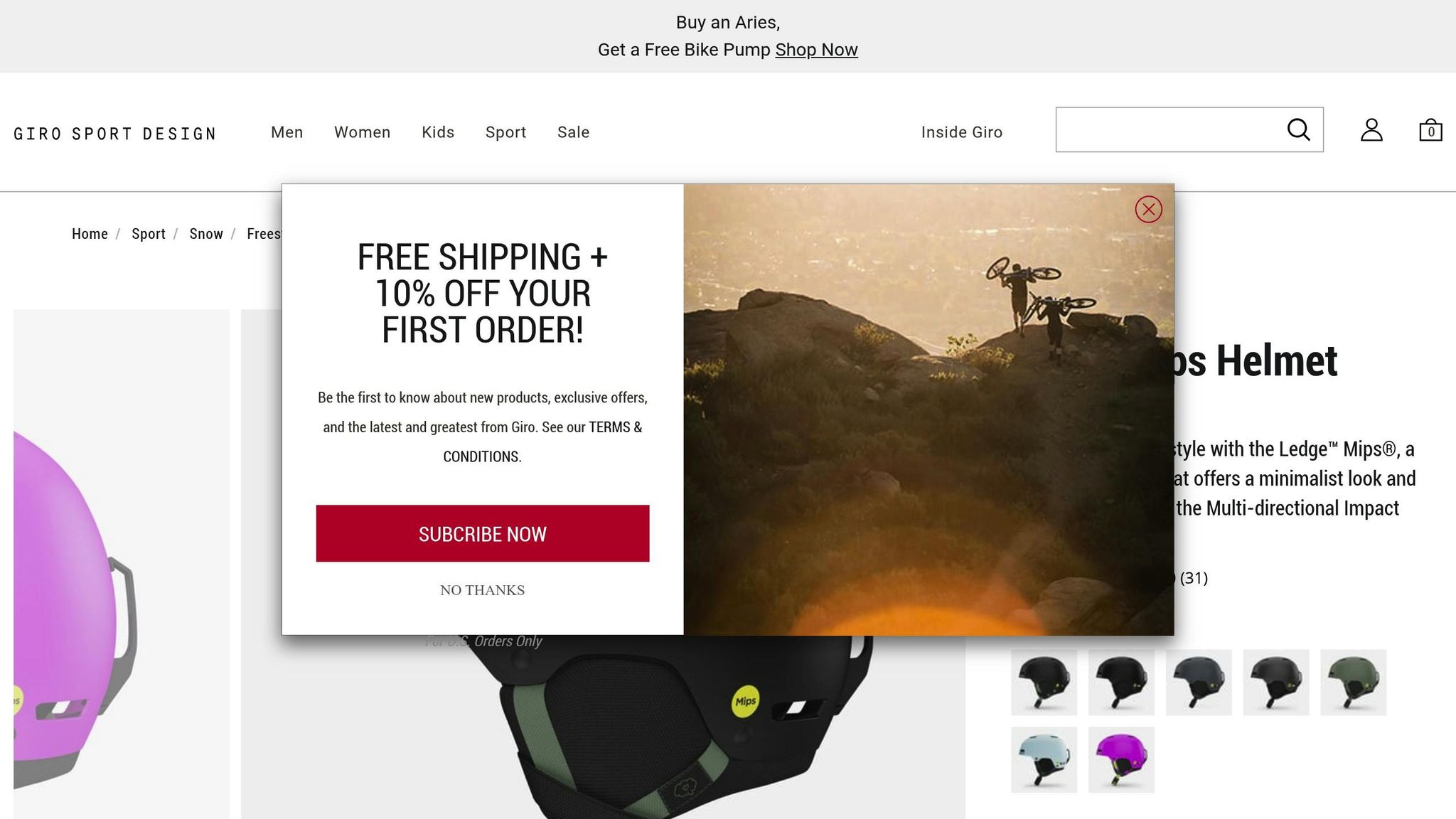
If you're looking for a more affordable option without sacrificing safety, the Giro Ledge MIPS ($73.45) is an excellent choice. This helmet offers essential protection features alongside a practical, user-friendly design.
| Category | Score | Features |
|---|---|---|
| Impact Protection | 7.8/10 | MIPS technology |
| Comfort | 6.5/10 | Auto Loc 2 system |
| Warmth | 7.5/10 | Fixed ventilation |
| Value | 8.5/10 | Affordable pricing |
Each of these helmets reflects a growing trend toward performance-focused designs that integrate seamlessly with Snowfeet systems. Whether you're prioritizing advanced safety technology, comfort, or affordability, these helmets deliver solid options for skiers of all levels.
sbb-itb-17ade95
Helmet Use with Snowfeet Equipment
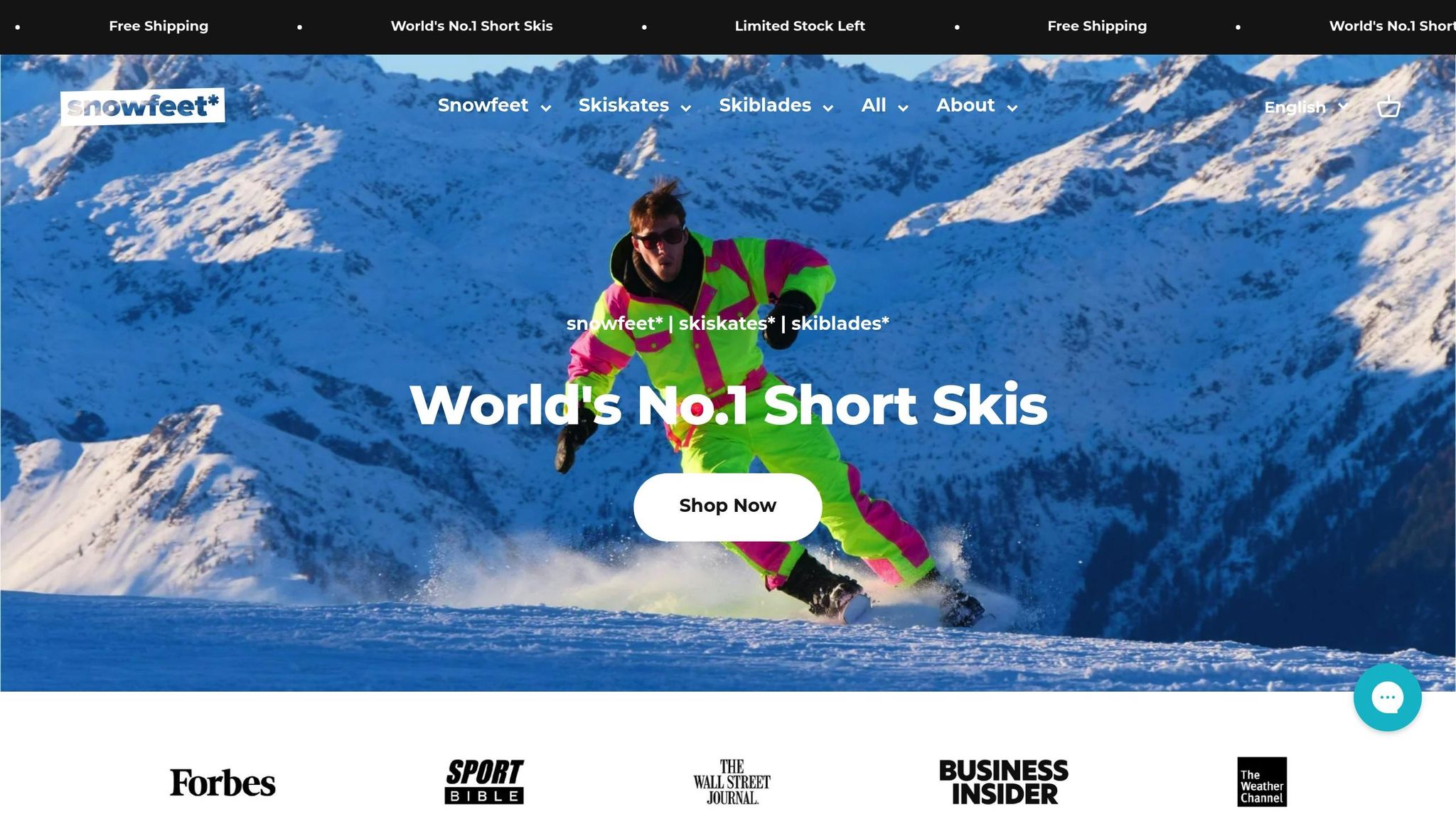
Safety Features for Snowfeet Users
When strapping on your Snowfeet mini skis, protecting your head should always be a top priority. Research shows that wearing a ski helmet can cut the risk of head injuries by almost 60%. For Snowfeet enthusiasts, the right helmet isn't just about safety - it's about enhancing your overall experience. Here are a few key features to look for:
| Feature | How It Helps Snowfeet Users | Why It Matters |
|---|---|---|
| MIPS Technology | Reduces rotational forces during sharp turns | Essential for quick maneuvers |
| Adjustable Ventilation | Keeps you cool during intense activity | Important for comfort |
| Lightweight Design | Matches Snowfeet's portable and minimalist style | Adds convenience |
"Staying safe on the mountain is no joke, and wearing a ski helmet is a great way to increase your margins for error." - Powder.com
These features not only protect you but also ensure that your gear works seamlessly with the unique demands of Snowfeet.
Snowfeet vs. Standard Ski Equipment
Snowfeet’s design offers a fresh take on skiing gear, and it’s worth comparing them to traditional ski setups. With sizes ranging from 25 to 47 inches, Snowfeet focus on simplicity and agility. Unlike the bulkier gear from brands like Rossignol or Atomic, Snowfeet excel in crowded slopes and unpredictable terrain, thanks to their compact and lightweight design.
Why Snowfeet Stand Out:
- Their small size allows for quicker turns and a more natural sense of balance.
- Falls are generally less impactful compared to traditional skis or snowboards.
- The lightweight build reduces fatigue, giving you better control for longer sessions.
"With these little skis, you feel more agile and, above all, comfortable. No buckles, no heavy boots - just strap in and go." - Jakub F, Snowfeet User
While Snowfeet offer an exciting and agile experience, don’t overlook the importance of a helmet that meets ASTM F2040 or CE EN 1077 standards. Pairing advanced helmet technology with Snowfeet's innovative design keeps you safe and ready for your next adventure in 2025.
Conclusion: Choosing Your Ski Helmet
When it comes to selecting a ski helmet, the key factors to focus on include safety certifications, fit, and advanced features. For 2025, helmets with MIPS technology are a smart choice as they help reduce rotational forces during impacts.
Here are three highly-rated options to consider:
| Helmet Model | Key Features | Best For |
|---|---|---|
| Smith Vantage MIPS | Superior ventilation, excellent protection | All-around performance |
| POC Obex MIPS | Dual-material shell, integrated RECCO system | Off-piste adventures |
| Giro Ledge MIPS | Adjustable vents, customizable fit | Budget-conscious riders |
To ensure the perfect fit, try the Shake Test: your helmet should stay snugly in place when you move your head. It should sit flush against your head, align well with your goggles, and have a chin strap that allows one to two fingers of space. The adjustment system should evenly distribute pressure without causing discomfort.
If you're pairing your helmet with Snowfeet equipment, prioritize lightweight models with excellent ventilation. These features work well with Snowfeet's agile design, enhancing both safety and performance on the slopes.
"One of the best models we have tried due to its low profile and highly engineered adjustable ventilation system"
The Smith Vantage MIPS stands out as a top choice, offering a perfect blend of performance, comfort, and compatibility with Snowfeet gear. This makes it an excellent option for skiers looking for both safety and optimized performance.
FAQs
What’s the difference between ASTM F2040 and CE EN 1077 safety standards, and how do they affect my ski helmet choice?
Comparing ASTM F2040 and CE EN 1077 Ski Helmet Standards
Both ASTM F2040 and CE EN 1077 standards set safety benchmarks for ski helmets, but they approach testing in distinct ways. Here’s how they differ:
- ASTM F2040 permits up to 300g of peak acceleration during impact tests and evaluates helmets using a variety of anvils: flat, hemispherical, and edge-shaped. This diverse testing setup simulates a wider range of impact scenarios.
- CE EN 1077, on the other hand, caps peak acceleration at 250g and focuses solely on flat anvils for impact testing. Additionally, it includes penetration resistance testing to ensure the helmet can block sharp objects from reaching the wearer’s head.
These variations mean that helmets certified under ASTM F2040 might excel in handling various types of impacts, while CE EN 1077 places greater emphasis on protection against penetration. When picking a ski helmet, think about which standard aligns better with your skiing habits and safety needs to stay well-protected on the slopes.
What is MIPS technology, and how does it make ski helmets safer than traditional designs?
What Is MIPS in Ski Helmets?
MIPS, short for Multi-Directional Impact Protection System, is a safety feature designed to make ski helmets more effective at protecting against brain injuries. Unlike traditional helmets that primarily handle direct, straight-on impacts, MIPS-equipped helmets add an extra layer of defense for angled impacts. How? They include a low-friction layer that allows the helmet to shift slightly - around 10-15mm - during a crash. This small movement helps reduce rotational forces on the brain, which are often the cause of serious head injuries in skiing accidents.
Research backs this up: helmets with MIPS have been shown to lower the rotational acceleration your head experiences in a fall. If you're hitting the slopes and prioritizing safety, upgrading to a helmet with MIPS technology offers added peace of mind compared to standard options.
What should I look for in a ski helmet to pair with Snowfeet mini skis for the best experience?
When picking a ski helmet to go with your Snowfeet mini skis, safety should always come first. Look for helmets that meet safety standards like ASTM or CE, as these certifications ensure dependable protection. A good fit is just as important - your helmet should sit snugly on your head, resting low on your forehead, about two fingers' width above your eyebrows.
Comfort features can make a big difference too. Adjustable ventilation, removable liners, and a lightweight design can enhance your overall skiing experience. Since Snowfeet mini skis are all about agility and quick movements, a lightweight helmet is a perfect match. It gives you the freedom to make those sharp turns while still keeping you protected. Choose a helmet that aligns with the responsive and exciting nature of Snowfeet, ensuring both safety and fun on the slopes.














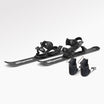






![Ski Helmet Buyer's Guide [2025]: Safety, Fit & Top Features](http://www.snowfeetstore.com/cdn/shop/articles/682e77254fa53d4220800977-1747894289038_c8e084e5-ceb5-415c-93a5-18499f36b96a-3937158.jpg?v=1758688869&width=1500)
![How to Choose Ski Goggles: Lens Tints, VLT & Fit Guide [2025]](http://www.snowfeetstore.com/cdn/shop/articles/682d9da44fa53d42207eae5e-1747828650147_69e154c1-d92d-49aa-bafa-0f38a3129877-9413599.jpg?v=1758688866&width=1536)
![How to Layer for Skiing: Stay Warm & Dry on the Slopes [2025]](http://www.snowfeetstore.com/cdn/shop/articles/682ec0f94fa53d4220804ec8-1747902760146_ba4e00da-98a7-48c4-9c98-9a1fead6c009-8428565.jpg?v=1758688873&width=1536)










Leave a comment
This site is protected by hCaptcha and the hCaptcha Privacy Policy and Terms of Service apply.